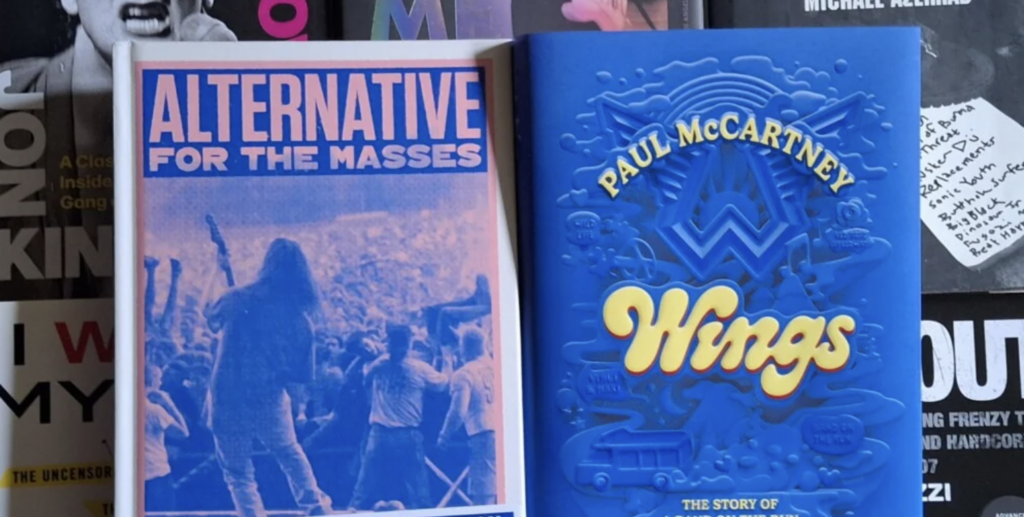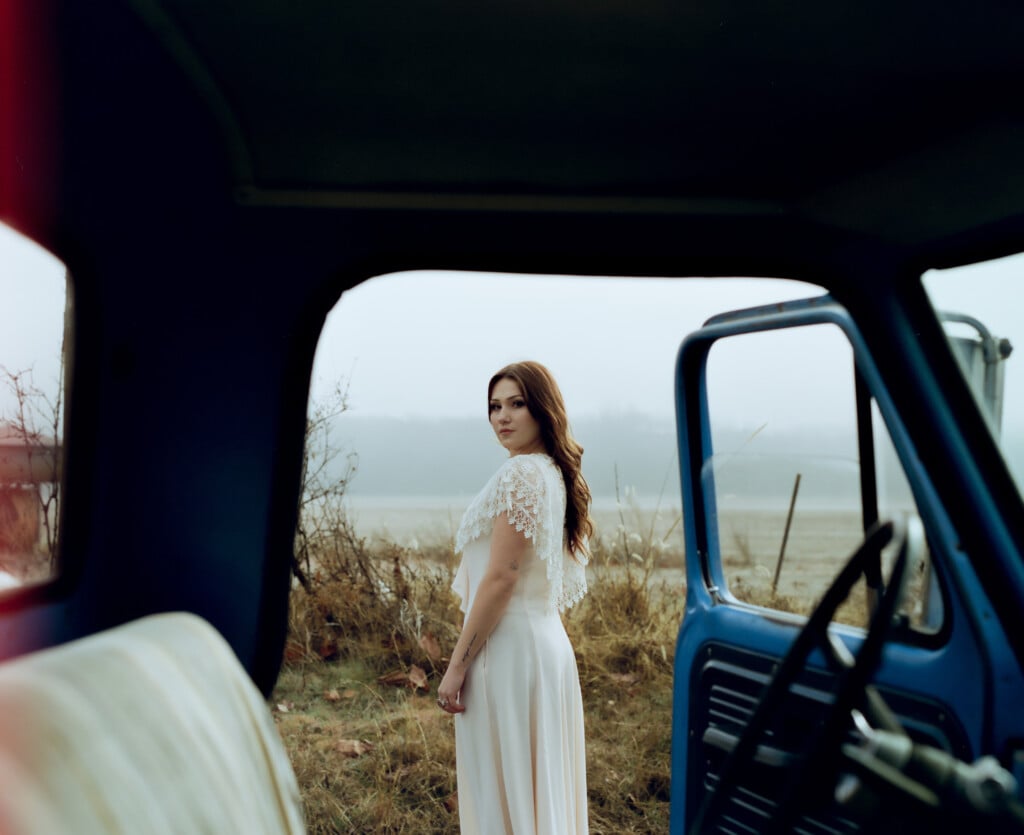Pete Johnson and Big Joe Turner’s early Kansas City boogie-woogie gem “Roll ‘Em Pete” turns 85

Big Joe Turner. // Director: Joseph Kohn Producer: Ben Frye Production Company: Studio Films, Public domain, via Wikimedia Commons
One evening in the pandemic summer of 2020, my wife Christina and I found ourselves on our front stoop in Culver City, California with two strangers listening to a 1939 blues vinyl. We had put a vintage-style record player up for sale on Craigslist, and a college student sent home from school by the shutdown, soon appeared with her father in tow, six feet from our door.
The young woman asked if she could hear the player before she paid. We said, “Sure, wait a minute,” and in true pandemic jerry-rigged fashion, Christina and I put the Crosley player down on the stoop and strung an extension cord from it to inside the house. For the record itself, due to our state of packing, the only one we could find was the ancient vinyl—”Roll ‘Em Pete” with Kansas City’s Pete Johnson and Big Joe Turner.
The Crosley’s needle dropped. We heard Johnson fly out along his keyboard with twelve-bar progressions, and then out of that old slow-building scratchy sound came Turner’s booming voice, belting out blues rhymes.
Well, I got a gal who lives up on the hill.
Well, I got a gal who lives up on the hill.
Well, this woman’s tryin’ to quit me, Lord, but I love her still.
With traffic and air pollution reduced that summer in Southern California, the night skies had grown extraordinarily clear. When our brief porch encounter grew into more than just a test of the player, to avoid the awkwardness of staring at a stranger’s face, we looked up at a sky, newly dense with stars and galaxies. And as we gazed back into cosmic time toward the birth of our universe, we were hearing lyrics, chords, and tempo portending another birth—that of rock and roll.
Pete Johnson’s own birth occurred above a saloon at 19th and Holmes Street in Kansas City, Missouri. The year was 1904, with Kansas City already a rapidly growing town of 165,000. When Johnson was three, his father disappeared, never to be seen or heard from again. Johnson’s mom, impoverished, made the tough choice of leaving him with an orphanage.
Turner was born May 18, 1911 in Kansas City. His father worked as a cook at the Muehlebach Hotel, but was killed by a train when Joe was around four years old. To help his family, Turner hit the streets shining shoes and hawking newspapers.
When he was 12, a fire broke out in his apartment building. To avoid incineration, he jumped out of a second-story window.
“I broke everything,” Turner said in an interview decades later. “I was in a hospital bed for two months and crawled around on the floor a year until I got sick of it.”
That was 1923, the year Turner’s idol Bessie Smith had her first hit, “Downhearted Blues,” and Tom Pendergast was consolidating power in Kansas City. It is tempting to romanticize the “wide-open” Pendergast years in a town flouting Prohibition to rebuild itself on bootleg liquor. But the harder truth is that it was still the Depression, difficult for most, and much worse for Blacks like Johnson and Turner, trapped in a city reeling from crime, corruption, and race discrimination.
Despite their age difference in a big town, Johnson and Turner’s dire childhoods pushed them toward music and one another. There are apocryphal but persuasive stories that, even as children, the two used music and resilience in refusing to let the trap close altogether on them.
Johnson, for example, reportedly escaped the orphanage several times, running back home until his mother took him back in. Though he had to live and work out of McClure Flats, the City’s notorious slum district, music and the drums took hold early. Much like New Orleans, there were marching bands in the city, and Johnson would go out and listen, then follow the bands through the streets, often getting lost in that reverie.
After the fire and his fall, Turner defied the odds and relearned how to walk. As soon as he could walk, he was out shining shoes and selling newspapers again, learning how to use his voice, not in school or church like many other kids of his generation, but to project it through the streets.
Turner loved the music (and the dancers) of the speakeasy saloons, cabarets, and dance halls. To avoid unwarranted attention, these establishments often painted the windows to stop people or law enforcement from peering in, but as an underaged minor, Turner snuck inside during the day and scraped off just enough paint to open a peephole for himself and a friend at night, during the music shows.
In 1927, Johnson—having switched from the drums to the piano—was working at the Backbiters Club on Independence Avenue and Troost when fate finally directed Turner straight to him. At sixteen and still a minor, Turner took advantage of his size and a mustache drawn on with his mother’s makeup pencil to finally gain entrance into a club.
Johnson took a liking to the kid and his zeal for music. They both moved on to the Black and Tan Club where Turner tended bar and where—legend says—that they hit upon the dynamic concept of a singing bartender. I saw this reenacted in a Scottsdale bar once and believe it would have played out something like this:
Johnson would begin on the piano with opening measures but no vocalist to be seen. Solo act? Nope, just wait.
Suddenly a big voice booms out from the other side of the room—Turner shouting out blues rhymes from behind the bar. Remarkably, Turner sang while serving drinks and slowly making his way to the stage. Turner’s voice, street-tested, soon made him the “Boss” of blues shouters. “His voice has heft and agility and streamlining,” wrote the great jazz critic Whitney Balliett. “He is a percussive singer, and his lines fall like blows.”
Lines such as those from “The Piney Brown Blues.” With their renown growing, Johnson and Turner migrated to the Sunset Club, managed by Piney Brown with legendary kindness toward his musicians. We can hear Turner’s long-lasting gratitude to Brown in “The Piney Brown Blues”:
Yes I dreamed last night
I was standin’ on 18th and vine
I shook hands with Piney Brown
An’ I could hardly keep from cryin’
In December of 1938 Johnson and Turner were invited to New York to play at Carnegie Hall with the likes of Sister Rosetta Tharpe, Albert Ammons, and Count Basie. While in New York, the duo recorded “Roll ‘Em Pete,” another blues song. They had played “Roll ‘Em Pete” in Kansas City many times and at many lengths (Turner could go for an hour or more shouting improvised lines) but the the 1939 New York record—recorded on December 30 and then released the following year—clocks in at 2:50.
“Roll ‘Em Pete” may be a blues song, but it’s Kansas City fast with an infectious up-tempo boogie-woogie pace set by Johnson that pulls in the listener’s mind and body and doesn’t let up. All the while, Turner’s expressive voice and emotional lyrics ache with the tragedy truth about beauty, life, and death in the world:
Well, you’re so beautiful, you’ve got to die someday
Well, you’re so beautiful, but you’ve got to die someday
All I want’s a little loving, just before you pass away
Profound truth-and-beauty rhymes found in the deepest blues and later in the most mature rock or rhythm and blues. “Roll ‘Em Pete” has been called the birth of rock and roll—often in competition with Turner’s later performance in “Shake, Rattle and Roll.” Writers such as Larry Birnbaum have noted that Roll ‘Em Pete’s lyrics, Johnson’s dazzling keyboard technique, and Johnson’s driving vocals presage, not just rock and roll, but what rock and roll would be at its finest.
Back in Culver City, as I knelt to the floor to start the player, I simply said to the father and daughter, “This is ‘Roll ‘Em Pete’ by Joe Turner and Pete Johnson from Kansas City in 1939. The record, not the player, is old and scratchy.” With considerable and, for me, unusual restraint, I did not try to explain its history (Christina later told me she was proud of me for not ruining the moment).
In those two minutes and fifty seconds, a brief test of the player became something else among strangers as the music left everything suspended—the test, the pandemic, the masks, even our damn phones. There is often an inherent charm to the vintage sound of vinyl, but Johnson’s mad playing and Turner’s booming voice and edgy lyrics took all four of us away into time-travel and wonderment.
“That was amazing,” the daughter said as the record’s spin slowed to a stop.
“It’s so old and so new,” her father agreed.
Johnson died at age 63 in poverty in March of 1967 and Turner followed him nearly two decades later in 1985. But they had one last moment together at Carnegie Hall, two months before Johnson’s death. During a performance, Turner helped Johnson—ravaged by diabetes and strokes, no longer able to use his left hand—up on the stage. After that introduction, Turner began performing “Roll Em Pete” with Ray Bryant at piano.
Even from his body’s dilapidated state, Johnson overcame. Instead of exiting, he surprised everyone by sitting down at the piano with Bryant and playing the treble part of the piece with his good right hand and that resilience born on Kansas City streets.






